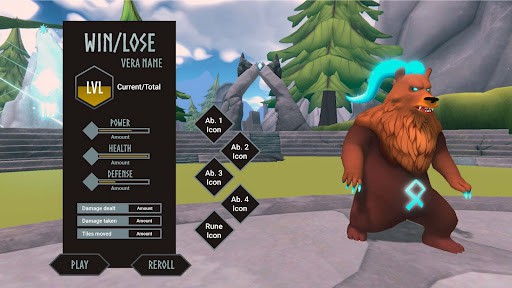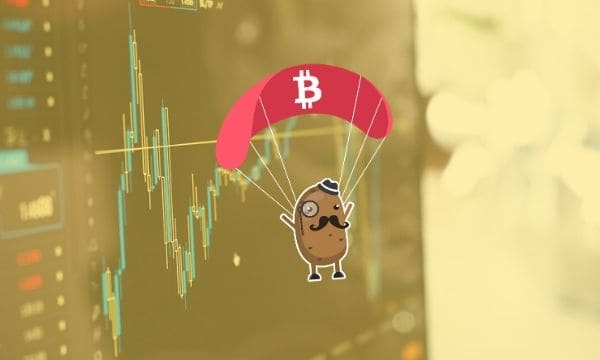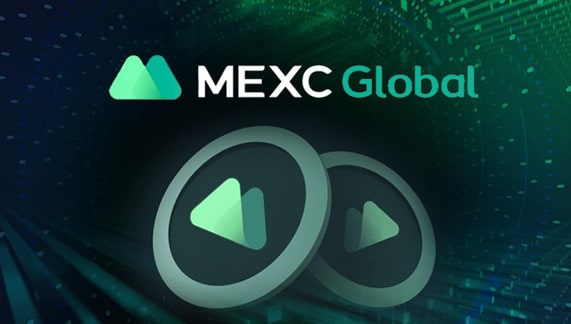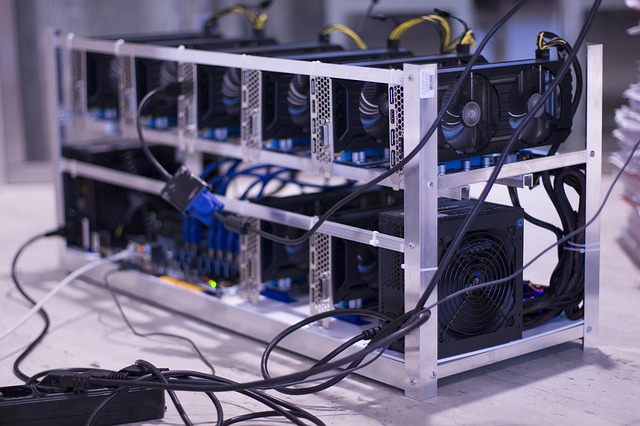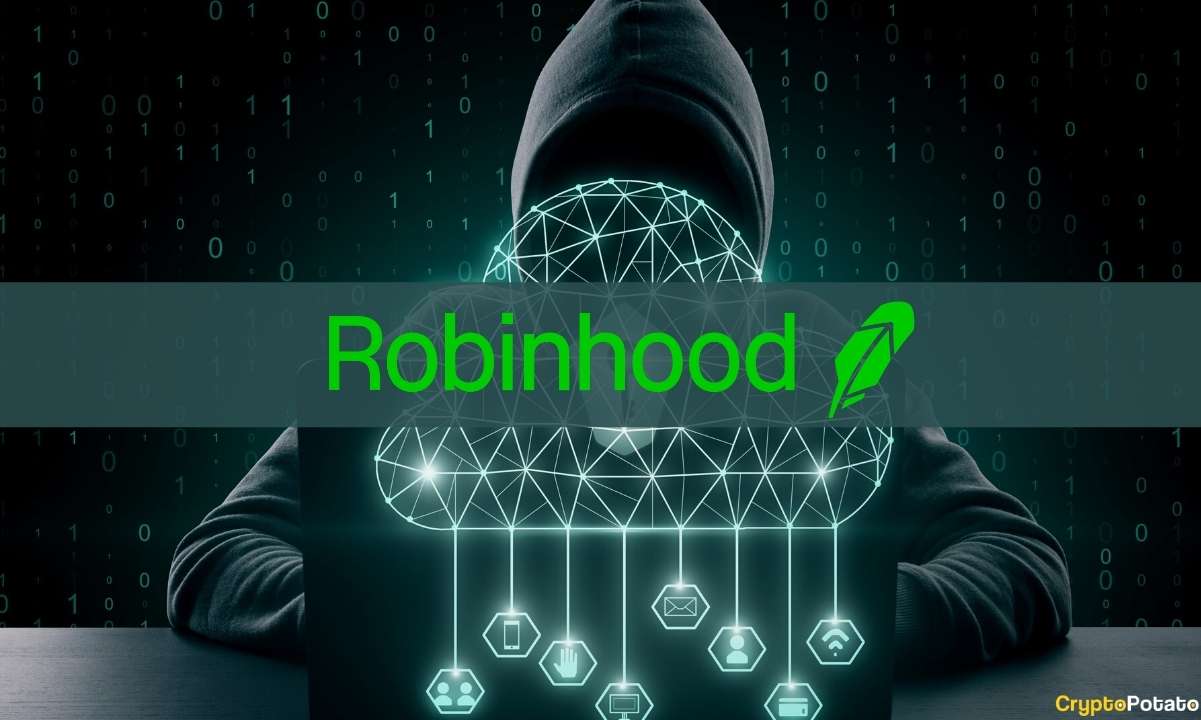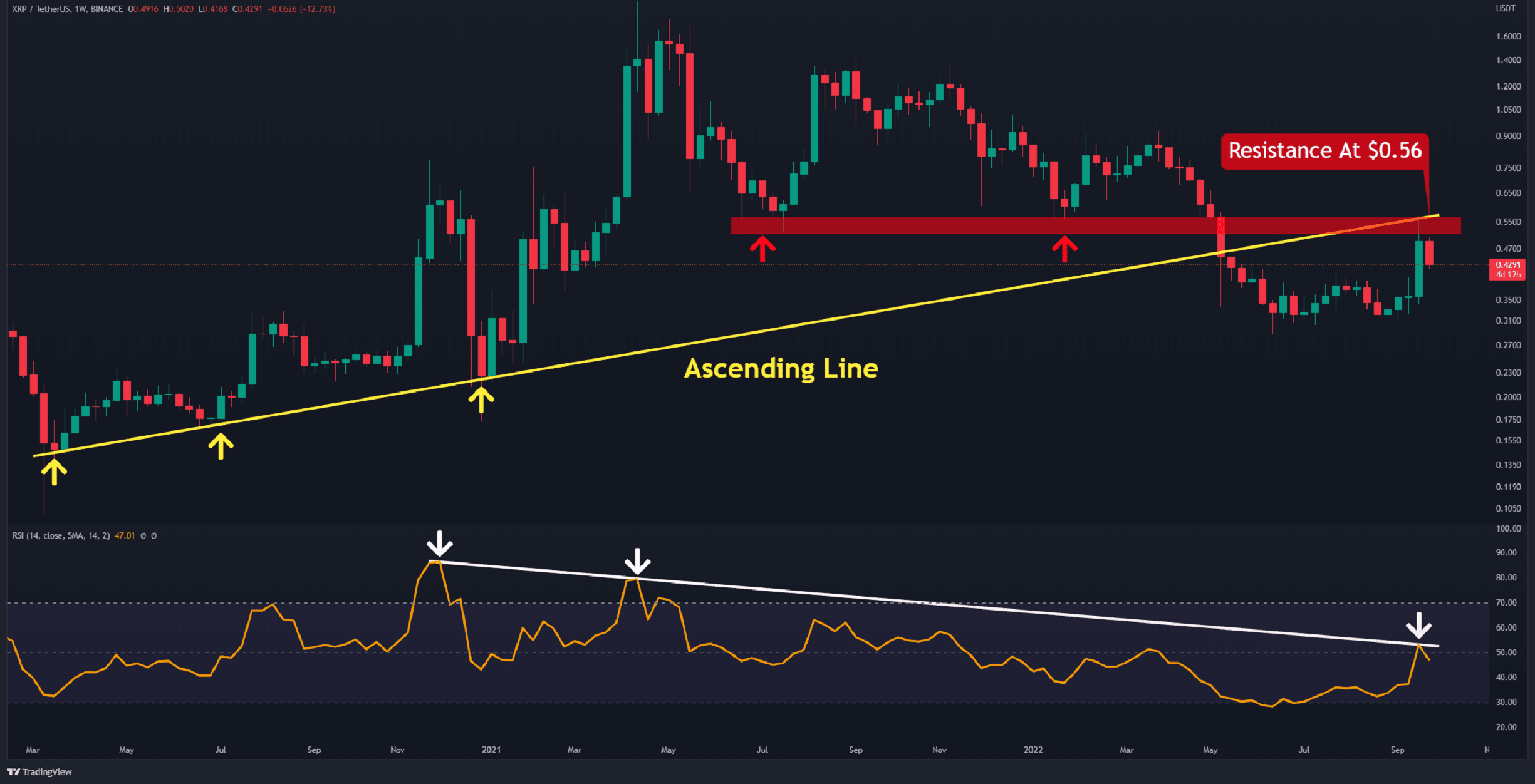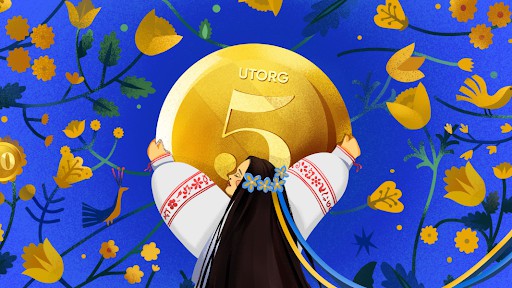dYdX’s Transition to Standalone Blockchain Commences with v4 Open-Source Code
Prominent decentralized crypto derivatives exchange dYdX has unveiled the open-source code for its upcoming version 4. The new dYdX Chain – based on the Cosmos SDK and Tendermint Proof-of-stake consensus protocol – is expected to offer transactions of up to 2,000 per second.
This is essentially the initial phase of the v4 upgrade, as the DEX starts its transition from the Ethereum layer-2 network to its dedicated standalone blockchain.
Standalone Cosmos-Blockchain
dYdX’s decision to integrate Cosmos into its version 4 marks a strategic move after gauging the landscape of current and upcoming blockchain technologies.
While exploring options for the trading model, dYdX contemplated various avenues, including alternative trading models like Automated Market Makers (AMMs) and Request for Quote (RFQ) systems. However, they ultimately recognized that an orderbook-based protocol was essential to meet the demands of experienced traders.
Notably, dYdX’s team was dissatisfied with existing off-chain orderbook systems. Many of these systems either lacked a critical component, matching, which led to issues like frontrunning and trade collisions or relied on centralized matching, a feature incompatible with the decentralized ethos of dYdX v4, the protocol outlined in a previous June announcement.
Each validator in dYdX v4 will run an in-memory orderbook that remains off-chain and is never committed to consensus. Orders placed and cancellations will be moved through the network in a manner akin to normal blockchain transactions.
Such a system in place is expected to ensure that orders placed and cancellations will always make their way through the network. The orderbook that each validator stores is eventually consistent with one another, the protocol explained. Furthermore, the orders will be matched together by the network on a real-time basis, with the resulting trades subsequently recorded on-chain with every new block.
This will enable dYdX v4 to have a high throughput for the orderbook while remaining decentralized.
dYdX also added that Cosmos offers greater flexibility, allowing the dYdX Chain to be tailored precisely to its specific requirements. The elimination of gas fees is one such example, and instead, replacing them with fees based on executed trades, much like the model used in dYdX v3 and centralized exchanges. These fees would then be directed to validators and their stakers, ensuring a fair and sustainable compensation structure.
In a statement, dYdX Trading founder and CEO Antonio Juliano said the latest dYdX Chain software release represents the “full decentralization of dYdX” and is a big step on the protocol’s mission to “democratize access to financial opportunity.”
On Transition from Ethereum to Cosmos
In a recent interview with CryptoPotato, David Gogel, VP of Strategy and Operations at the dYdX Foundation, said the Cosmos ecosystem allowed them “to build a custom chain specific to our use case, which is around trading high-velocity products.”
In line with dYdX’s vision for decentralized governance, the organization has introduced a Decentralized Autonomous Organization (DAO), which recorded 14 proposals, with a voting engagement from 458 distinct addresses, averaging around 42.6 million DYDX tokens per vote as of September.
The post dYdX’s Transition to Standalone Blockchain Commences with v4 Open-Source Code appeared first on CryptoPotato.



